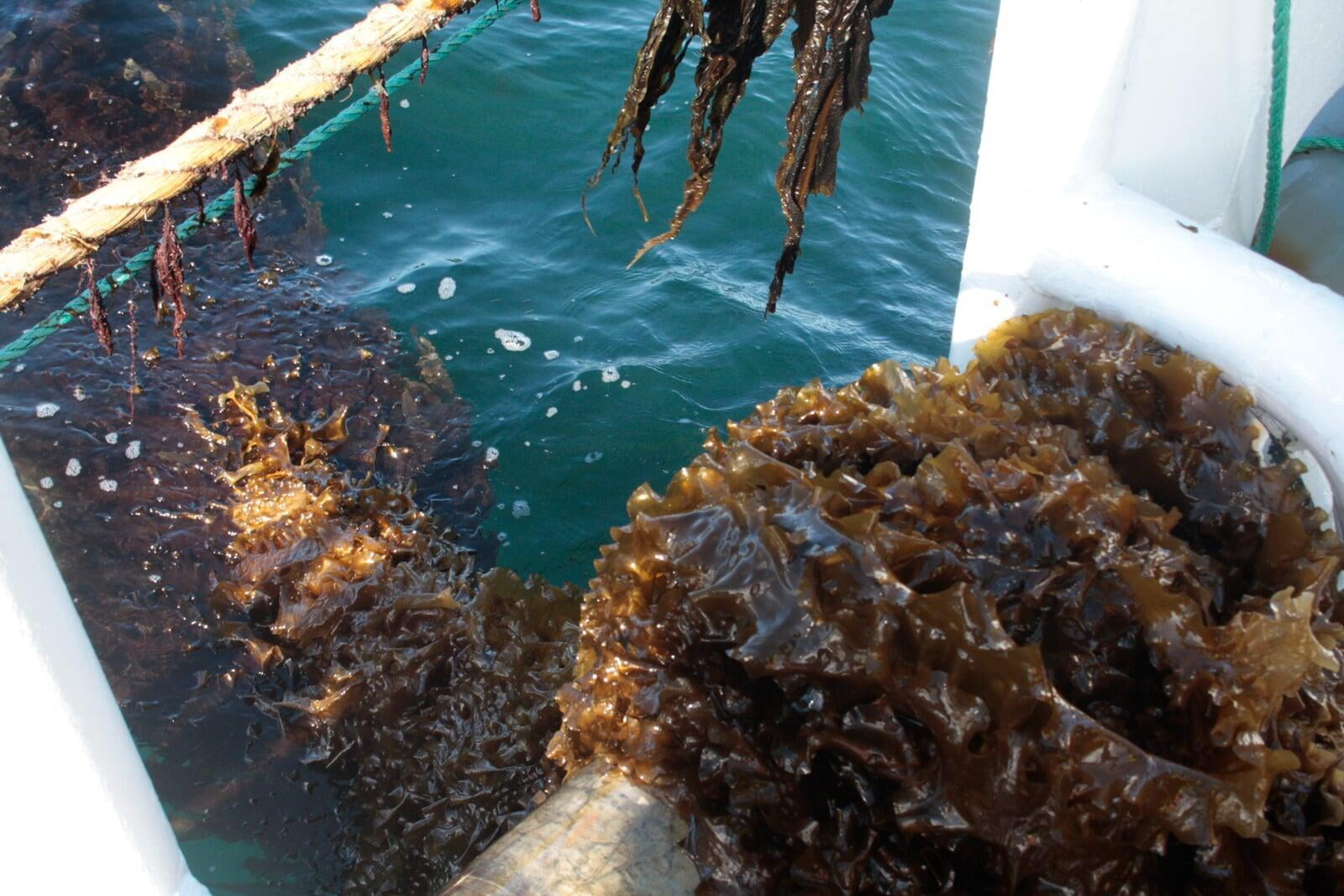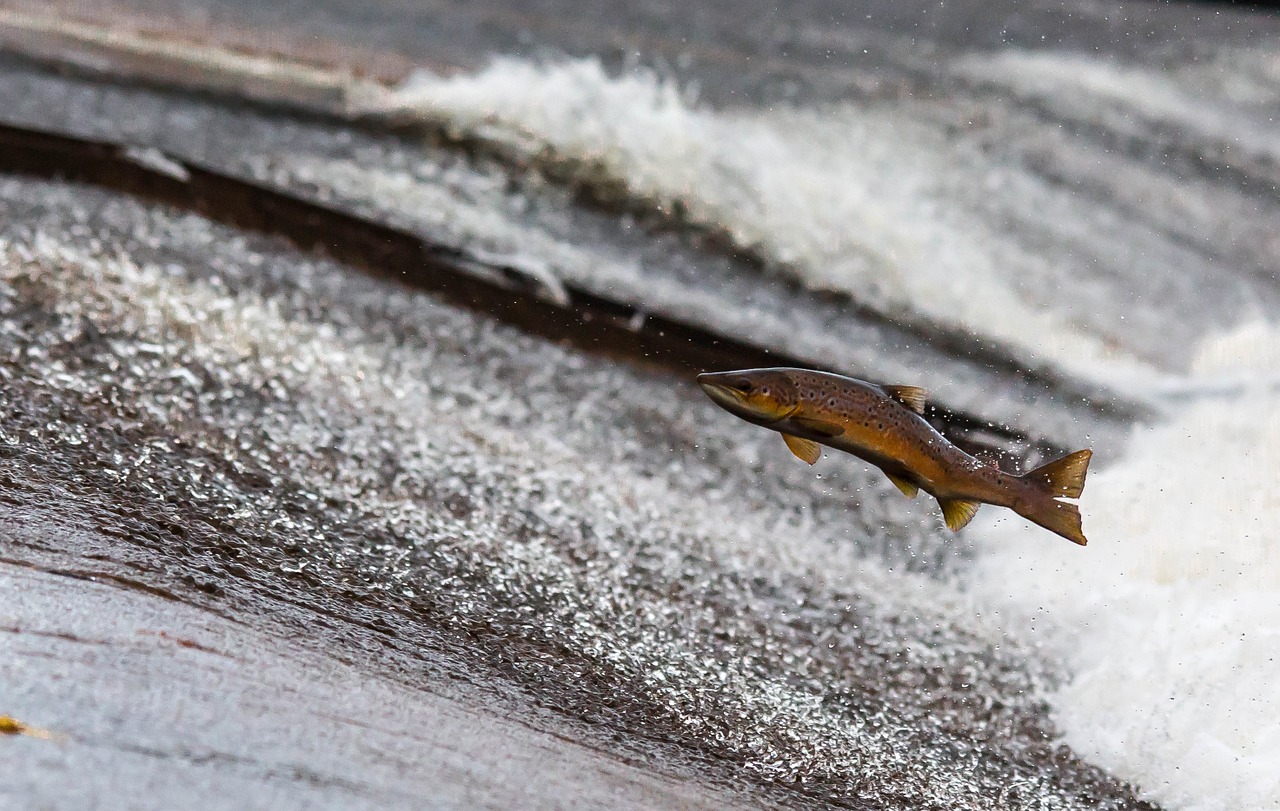The holo-omic approach considers the holobiont (host animal and its associated microbiota) as a single unit of action, across multiple molecular levels.
To achieve this, HoloFood took advantage of large variety of new technological developments that allow an understanding of the interactions between the animal and their respective gut microbiome on numerous molecular levels. In addition to this genetic data, HoloFood also incorporated a lot more information to the dataset, such as physiological and health information.
This approach enabled us to move beyond simply showing that feed affects the physical make-up of an animal (for example growth, quality, health, welfare, or even gut microbiome community structure), but to actually understand how the feed, host and microbes interact to yield these differences in animals.
We used two critically important farmed animal systems as our models – salmon and chicken – and used the holo-omic framework to characterize not only their associated gut microorganisms’ whole genomes, transcriptomes and metabolomes, but also their genomes, intestinal transcriptomes, and intestinal immune processes, all in relation to production performance parameters and animal welfare.
Chicken farming has recently made huge efforts towards healthy, natural food production without use of chemicals or antibiotics in food systems. As such natural alternatives, such as prebiotic and probiotic additives to chicken feed have been a huge improvement. Nonetheless, the full impact of these natural alternatives, and the variation in chicken growth is still poorly understood.
HoloFood analysed the impact of the interactions between feed additives (probiotic and prebiotic), gut microorganisms, and host animals over relevant performance parameters, under three different commercially relevant feeding regimes.

Reliance on aquaculture production and output is expected to increase dramatically in the near future. In the last decades the ingredients in the fish feed has been changed towards more sustainable raw materials. HoloFood experimented with a novel functional feed component (seaweed) and a novel protein source as a new sustainable alternative to fish meal to improve current salmon farming practices.
HoloFood explored the impact of novel feed additives and protein sources, by characterising both the fish and their respective microbiomes at different time points of their growth in controlled fish tank environments, together with records of their overall health, growth and other indicators of well-being. Together this information allowed a unique insight into the health benefits of the novel feed resources and provide an optimised guide for a more efficient feeding regime for future salmon production practices.


Fermented Seaweed

Novel Protein Source